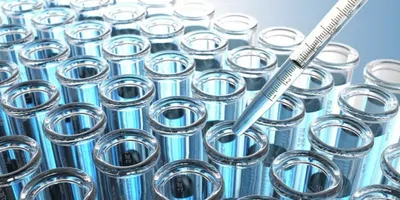ISO 8655:2022 contains updated requirements for producing and in-use control of piston-operated volumetric apparatus (POVA), replacing the 1st edition from 2002. ISO 8655:2022 consists of nine parts in total. This infographic summarizes and describes the main points about Part 2: Pipettes
In this infographic, you’ll learn about:

- What you need from your pipette and tip manufacturers
- Maximum permissible errors
- Electronic Pipettes
- And more!



